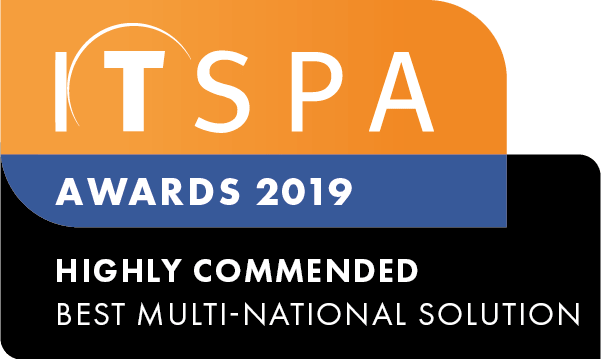
Thank you for signing up!
We have sent you an email with instructions on how to enable your free account.
We have sent you an email with instructions on how to enable your free account.
Signup for your 30-day free trial
Self Service Portal:Configure your PBX, order phone numbers and equipment
An account with the same phone number or email address already exists.
If you would like to create a new account with your same details please contact our support team on +44 (0) 333 3051 330.
Need Help?
Feel free to call us on +44 (0) 333 3051 330 or chat to us online
Feel free to call us on +44 (0) 333 3051 330 or chat to us online
Safe & Secure














